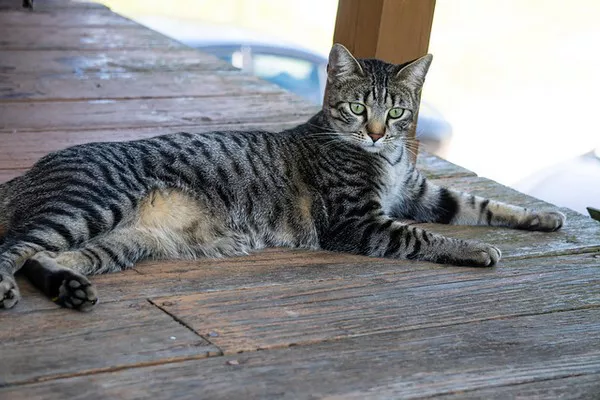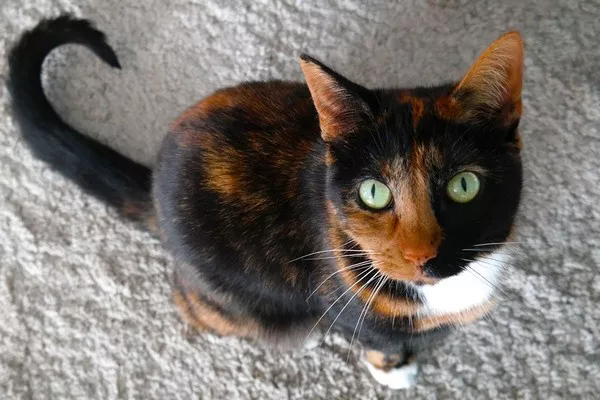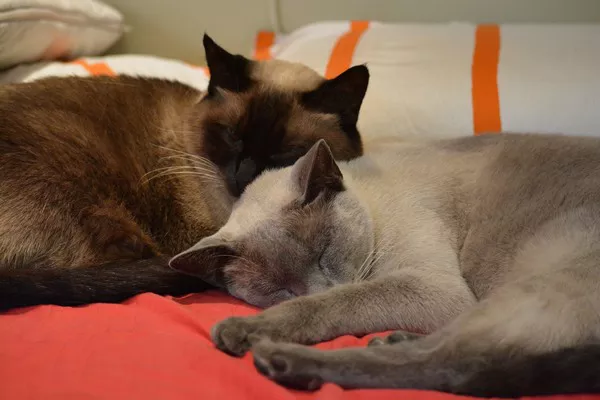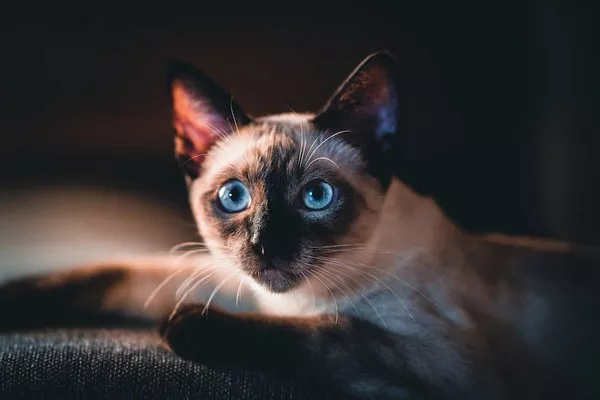The Australian government is soliciting public input regarding a comprehensive plan aimed at addressing one of the nation’s most pressing concerns: the proliferation of stray cats, often referred to as “feral” cats by Australian authorities. These feline wanderers are responsible for the death of over 1.5 billion native mammals, birds, reptiles, frogs, and 1.1 billion invertebrates annually, in addition to their potential role as disease carriers.
Tanya Plibersek, Australia’s Minister for the Environment and Water, unveiled a multifaceted strategy last week, offering a range of potential solutions to manage the country’s burgeoning feral cat population. Among the proposed measures are regional regulations that would impose curfews on pet cats and mandate that owners confine their feline companions indoors.
Plibersek stated, “When domesticated cats are living inside our homes, snuggled up at the end of our beds, we rightly love them. But feral cats are the opposite of adorable. They are walking, stalking, ruthless killers. We are declaring war on feral cats. And today, we are setting up our battle plan to win that war.”
One key recommendation within the comprehensive proposal is the implementation of state- and territory-wide legislation mandating “responsible pet cat ownership.” This could encompass measures such as curfews, mandatory neutering, and limits on the number of cats per household.
Notably, various Australian regions have already taken steps to address this issue. For instance, Victoria permits councils to require that pet cats be kept indoors during specific hours, while the Australian Capital Territory enforces a curfew for cats acquired after July 1. In contrast, New South Wales and Western Australia currently have no such restrictions in place.
Australia has grappled with its stray cat dilemma for an extended period, with authorities asserting that the issue poses a threat to several species, including the bilby and the numbat, and has incurred significant financial costs for the government.
However, not all stakeholders are in alignment with Plibersek’s approach. The Cat Protection Society of New South Wales issued a statement criticizing the minister for creating a “moral panic” around cats while neglecting other environmental challenges.
This issue is not exclusive to Australia; a study suggests that in the United States, stray and outdoor pet cats are responsible for the deaths of between 1.3 and 4 billion birds and between 6.3 and 22.3 billion mammals annually.
Nonetheless, some critics cast doubt on the strength of the research justifying measures to combat the stray cat population and raise ethical concerns about using lethal methods for this purpose.
Bill Lynn, a researcher and founder of the animal ethics think tank PAN Works, contends that human activities are the primary drivers of biodiversity loss worldwide, not cats. He also suggests that cats have, in some instances, helped safeguard threatened species by eliminating their predators. Moreover, Lynn points out a lack of compelling evidence attributing widespread ecological damage to cats.
“If you look at the reasoning and the evidence for the scientific case against cats, it’s extraordinarily weak,” Lynn remarked. “Not that it’s weak in specific instances. It can be very strong in specific instances, but one example will become generalized to the landscape overall.”



























